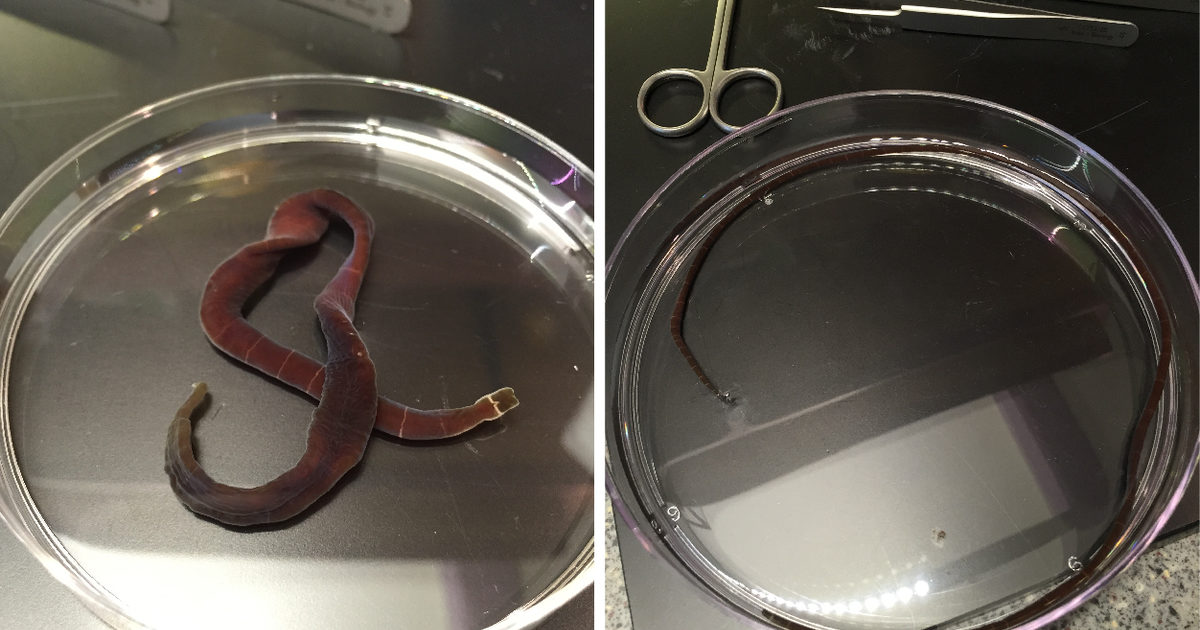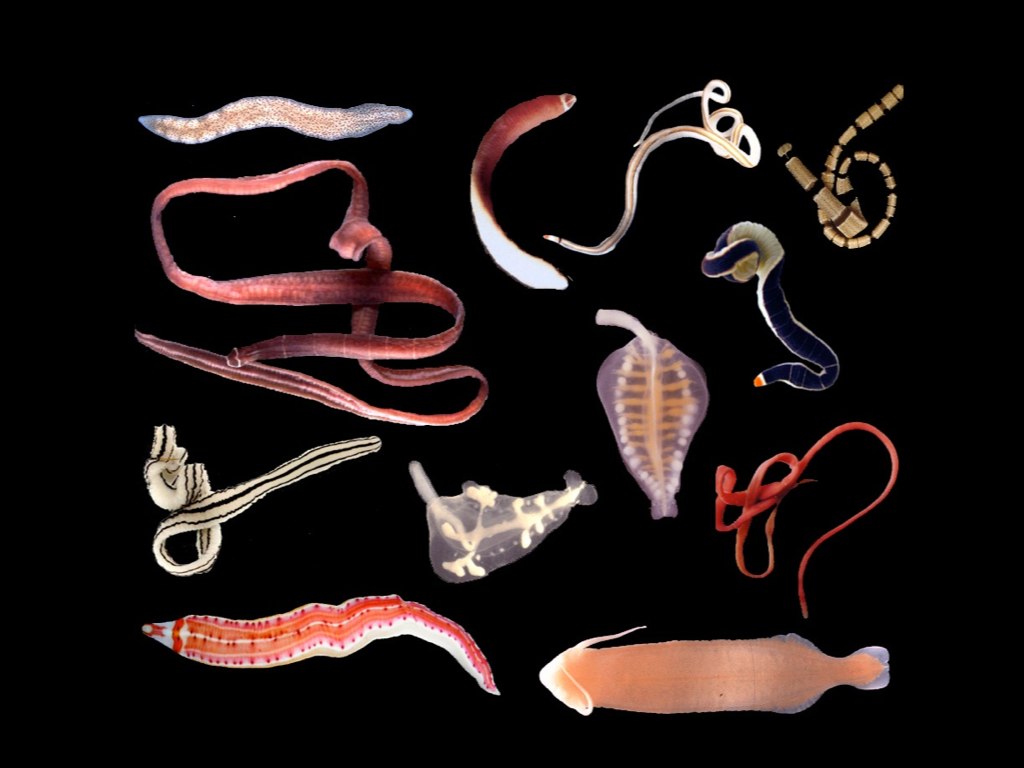I bet that for most of you, this is not only a worm you have never seen – it is a worm you have never heard of before. I learned about them first in college, which was almost 50 years ago, and have never seen one. But, other than the earthworm, the world of worms is basically hidden from us.
Nemerteans are a group of about 1300 species in the Phylum Nemertea and are often called ribbon or proboscis worms. They do possess a proboscis used to capture prey. Most are marine and live on the bottom both near the beach and a great depth. They are more temperate than tropical and do have a few parasitic forms.
In appearance they resemble flatworms but are larger and more elongated. Most are less than 20cm (8in) but some species along the Atlantic coast can reach 2m (7ft). The head end can be lobed or even spatula looking. Some species are pale in color and others quite colorful. Most nemerteans move over the substrate on a trail of slime produced by their skin. Some species can swim.
As mentioned, the proboscis is used to capture prey. It is a tube-like structure held in a sac near the head. When prey is detected, they can launch the proboscis out and over the victim. Sticky secretions help hold on to the prey while they ingest. Many species are armed with a stylet, dart, that is attached to the proboscis and is driven into the prey like a spear. From there toxins, secreted from the base of the proboscis are injected into the prey.
For many species the proboscis is connected to the digestive tract via a tube, there is no true mouth, but they do possess an anus. They are all carnivorous and feed on a variety of small living and dead invertebrates. Their menu includes annelid worms, mollusk, and crustaceans.
Nemerteans do possess a brain and most find their prey using chemoreception, though some species must literally bump into their prey to find it. They have multiple eyes that can detect light, and, like the true flatworms, they are negatively phototaxic. They are nocturnal by habitat and is probably why most of us have never seen one.
Many nemerteans, particularly the larger ones, have a habit of fragmenting when irritated, creating new worms. Most species have separate sexes and fertilization of the gametes is external (fertilization occurs in the environment).
Nemerteans are an interesting group of semi-large, sometimes toxic, hunters who prowl through the marine waters at night hunting prey. Seen by few, maybe one evening, while exploring or floundering, you may see one.
In Part 3 we will begin to explore a group of worms that are more round than flat. The Gastrotrichs.
Reference
Barnes, R.D. (1980). Invertebrate Zoology. Saunders Publishing. Philadelphia PA. pp. 1089.
- Rattlesnakes on Our Barrier Islands; Part 4 – Thermoregulation - December 29, 2025
- Rattlesnakes on Our Barrier Islands; Part 3 – Envenomation - December 22, 2025
- St. Joe Red Tide Claiming Terrapins - December 15, 2025


